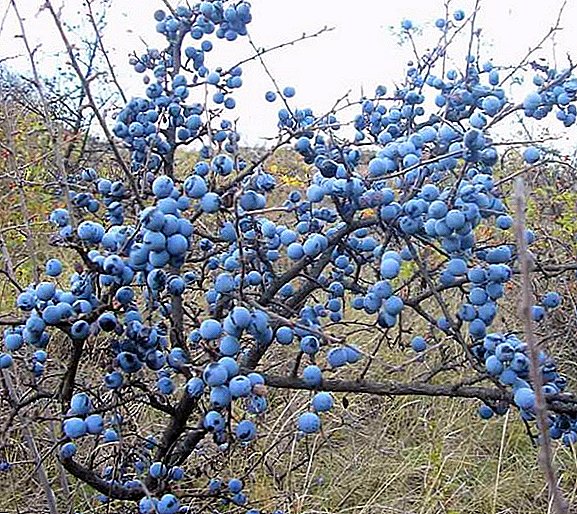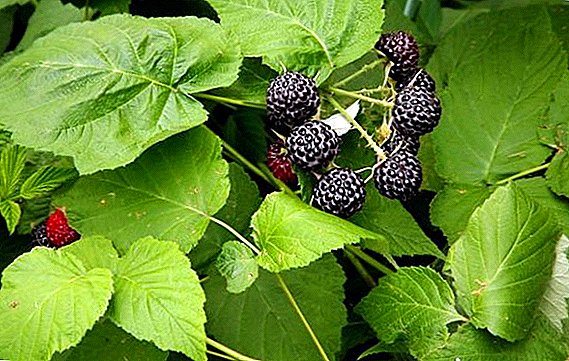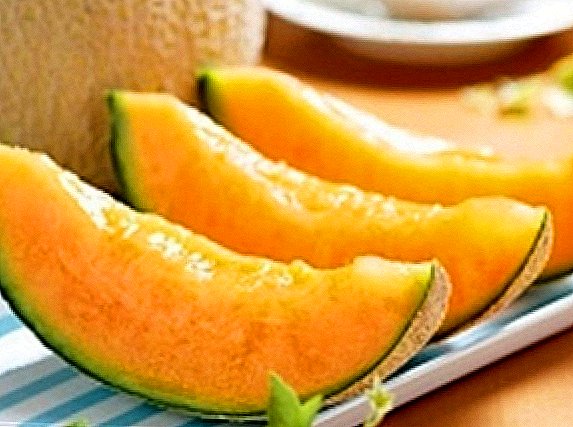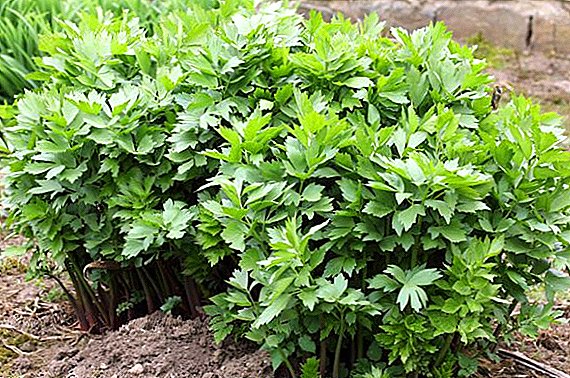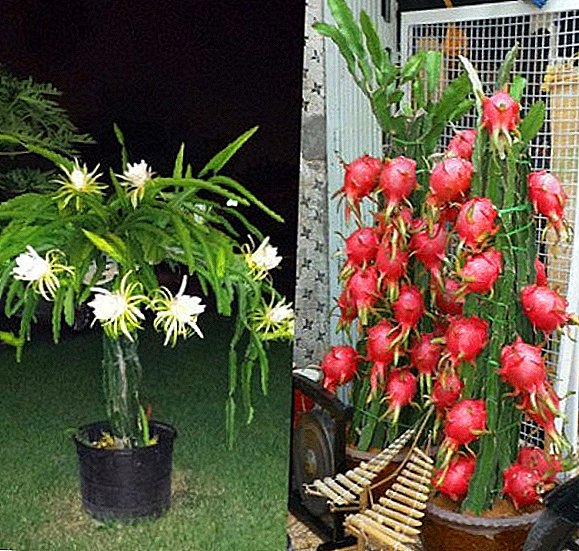 Among the huge list of exotic fruits available to the modern consumer on store shelves, such a fruit as pitahaya stands out for its unusual appearance. It is also called dragon fruit or pitaya. The strange appearance and the high price of this delicacy implicitly suggest the buyer that it is not an easy task to grow such a miracle. However, after reading the materials of this article, you can be sure that this is not quite so.
Among the huge list of exotic fruits available to the modern consumer on store shelves, such a fruit as pitahaya stands out for its unusual appearance. It is also called dragon fruit or pitaya. The strange appearance and the high price of this delicacy implicitly suggest the buyer that it is not an easy task to grow such a miracle. However, after reading the materials of this article, you can be sure that this is not quite so.
Description
The homeland of these fruits is Central and South America. Today, they have also been cultivated in some countries of Southeast Asia — Thailand, Sri Lanka, Malaysia, Vietnam, the Philippines, Indonesia, China, and Taiwan. In addition, there are farms in Israel, Australia, Armenia and Hawaii.
Did you know? If you eat a large amount of Pitaya, which has red flesh, you may experience the effect of pseudo-hematuria - not harmful for the body redness of urine, which looks like blood entering it.
The plant on which the fruits of pitahaya grow, refers to the epiphytic lianoobraznyh cacti. It has rather long stalks of a lancet-like shape, the edges of which are dotted with sharp spines placed 3-5 cm apart from each other.  Watch flowering plants is possible only at night. The process itself is accompanied by a very strong pleasant aroma and the appearance of white flowers.
Watch flowering plants is possible only at night. The process itself is accompanied by a very strong pleasant aroma and the appearance of white flowers.
After 30-50 days, small lumps begin to appear on the stems, which in a month turn into already full-fledged fruits, the weight of which averages 500-600 grams, but sometimes can reach a kilogram.
Under appropriate environmental conditions and proper care in one year, up to 5-6 yields of exotic fruit can be harvested. Productivity reaches 30 tons per hectare (results of advanced Vietnamese farms).
Learn more about the beneficial properties of such exotic fruits as: mango, lychee, longan, kumquat, actinidia, loquat, jujube, physalis, citron and okra.
Fruits - elongated, covered with scales, having the ends of a bright-green shade, oval, fleshy. Inside there are a great many small seeds, which are practically not felt in the mouth (like in kiwi). There are several varieties of this fruit, which differ in the color of the pulp, the color of the skin, the taste and the number of scales.  Here are some of them:
Here are some of them:
- red pitahaya - possesses white pulp and red skin, has a somewhat fresh, grassy taste;
- Costa Rican Pitahaya - has red flesh and red peel;
- yellow pitahaya - yellow skin and white flesh, is considered the sweetest and most fragrant variety.
Did you know? In Mexico, this fruit is primarily used as a seasonal decoration, and only then as a food product.
Composition
This fruit has many beneficial properties due to its quite diverse and rich vitamin-mineral composition:
- vitamin C - 5-30 mg;
- B vitamins - 0.2-0.4 mg;
- iron - 0.4-0.7 mg;
- potassium - 110-120 mg;
- phosphorus - 16-35 mg;
- Calcium - 7-10 mg.
 As for the energy value, despite the rather sweet taste, the fruit can be called dietary, because its caloric content is only 50 kcal per 100 grams.
As for the energy value, despite the rather sweet taste, the fruit can be called dietary, because its caloric content is only 50 kcal per 100 grams.Learn how to grow: loquat, grapes, plum, apricot, date palm, longan, papaya and olive tree from the seed, so as to get a good harvest in the future.
Nutritional value per 100 grams of product:
- proteins - 0.5-1 g;
- fats - 0.1-0.6 g;
- carbohydrates - 10-14 g;
- water - up to 90 g
The seeds of the fruit contain a sufficiently large amount of tannin - a tanning agent, which exhibits a very high degree of antibacterial activity, has a pronounced local astringent and anti-inflammatory activity.
In addition, the fruit contains a small amount of fiber, which is useful for the gastrointestinal tract. 
Features of growing and care
Getting to the most important issue of this article, it is necessary to immediately say that it is possible to propagate this plant only by sowing seeds in the ground, all other methods do not give a pronounced result, and often only waste your time.
Important! If the seeds are not properly removed from the pulp before planting, then it is unlikely that your event will be crowned with success, as they simply begin to rot in the ground.
So, step by step we describe the process of landing:
- From the ripe fruit of the pitaya you need to get the seeds. To do this, the fruit must be properly kneaded and well filled with water. Then strain everything through cheesecloth and repeat this process a few more times, so that the seeds completely get rid of the remnants of the fruit.
- Then, in a pot with ground in advance for succulents and a drainage layer at the bottom with a finger, a hole is made with a depth of 1-1.5 centimeters.
- In the hole put a few seeds, preferably about 3-5 pieces at a time, but since they are too small, it will be more convenient to separate a piece of the size of a match head from the total mass.
- Next, the hole is filled up, the ground is watered with water so that it will soak only 2/3 of the entire layer of soil, the pot is covered with polyethylene or glass to create conditions similar to greenhouse.
- It is advisable to put the pot under the sun's rays, to provide a constant temperature not lower than + 23 ° С, to water the soil as it dries, but not more often than once every two days.
- Seven days later, the first triangular shoots of the cactus should appear. And in a month you will receive plants ready for transplanting to a permanent place.
It will be useful for you to learn about the magical properties of cactus, which species are suitable for home breeding, how to care for this plant, namely: how to water, fight pests and diseases, also learn all about vegetative reproduction and sowing cactus seeds.
As noted earlier, pitahaya is quite comfortable with lighting and can grow even in the very corner of the room, however, in order to intensify the processes of photosynthesis and speed up the onset of fruiting, it is recommended to put it closer to sunlight.
The plant does not suffer from drafts and wind, and therefore in warm weather, you can fearlessly leave it on the balcony or terrace.
This plant seamlessly tolerates the lack of irrigation, however, in the warm season, especially if you live in an area where the temperature exceeds +40 ° C, it is better not to overuse it, watering the plant as it dries out 1 cm.
In winter, pitaia can be kept in a cool room, as it can withstand temperatures as low as 0 ° C, and the main thing is not to fill it, since excessive moisture during cold weather is fraught with various fungal diseases.  First you need to feed pitahaya quite often, as it is actively growing and can add up to 1 meter in height in the first year of its life. Best of all for an exotic plant will be suitable special fertilizers for cacti, which you can buy in any flower shop, for example, "Kemira-Lux".
First you need to feed pitahaya quite often, as it is actively growing and can add up to 1 meter in height in the first year of its life. Best of all for an exotic plant will be suitable special fertilizers for cacti, which you can buy in any flower shop, for example, "Kemira-Lux".
To exotic plants also include: the hoveyu Forster and Belmore, tulip tree, luffa, pandanus, alokaziya, guava, pomegranate tree, Strelitzia.
The only thing that needs to be considered is the amount of feeding. For normal development, this succulent will need 3-4 grams of dry fertilizer per 1 liter of water for every second watering.
Due to too rapid growth, it is sometimes impossible to bring the appearance of your cactus in order: its stems spread along the ground, fill a lot of space and look rather untidy. Therefore, to normalize the aesthetic component of the content of pitaya, it is recommended to fix the stems to a bamboo stick stuck in a pot.
The first signal that the plant is ready to form fruit is the appearance of flowers on it. But this process is quite slow, sometimes it can take up to 5-7 years.
However, the appearance of flowers does not guarantee you the availability of fruit in the future, as pitahaya is a cactus that requires cross-pollination, and therefore you will need at least two separate plants.  Pollination is carried out using a soft brush or cotton swab. It is necessary to take a brush, gently move it with the tip in the flower of one plant, then move on to another and do the same manipulation.
Pollination is carried out using a soft brush or cotton swab. It is necessary to take a brush, gently move it with the tip in the flower of one plant, then move on to another and do the same manipulation.
The more often you will perform this manipulation and the more flowers will be involved in it, the higher the probability of successful emergence of fruits on your plants.
Contraindications to the use
Like any other exotic fruit, pitahaya should be eaten with great caution for the first time, since it is not known for certain what kind of unpleasant side effects can lead to its composition. For example, the development of flatulence, heartburn, or a complete allergic reaction, up to Quincke's edema, is possible.
Important! If you want to emphasize and enhance its flavor before serving pitahaya, slightly warm the fruit.
Therefore, do not rush, first eat a very small piece, wait 10-15 minutes, and only then eat up the rest.
It is undesirable to use this product by people who have a tendency to various diseases of allergic etiology, including to bronchial asthma, dermatitis, ulcerative colitis and urticaria. It is necessary to refrain from including pitayi in the menu for people who suffer from gastritis, enteritis or peptic ulcer and duodenal ulcer in the acute phase.
In no case can not give this fruit to children under the age of 10 years, because they have a very high risk of an allergic reaction.  It is advisable to eat pitahaya to nursing mothers with caution, since the fruit's antigens can enter the child’s body through milk and provoke an allergic reaction. It is allowed to eat no more than 4-5 fruits per day, otherwise the likelihood of diarrhea increases.
It is advisable to eat pitahaya to nursing mothers with caution, since the fruit's antigens can enter the child’s body through milk and provoke an allergic reaction. It is allowed to eat no more than 4-5 fruits per day, otherwise the likelihood of diarrhea increases.
So, we hope that, guided by this article, you will be able to grow for yourself an excellent pitahaya. Remember that no exotic fruits, even the most outlandish ones, are in fact no different in terms of growing and avoiding plants from our native and habitual hearts. And this means that having enough experience with strange and extraordinary plants, you will be able to gain experience, which later will serve very well in the country or in the garden. Good luck to you and your plants!




